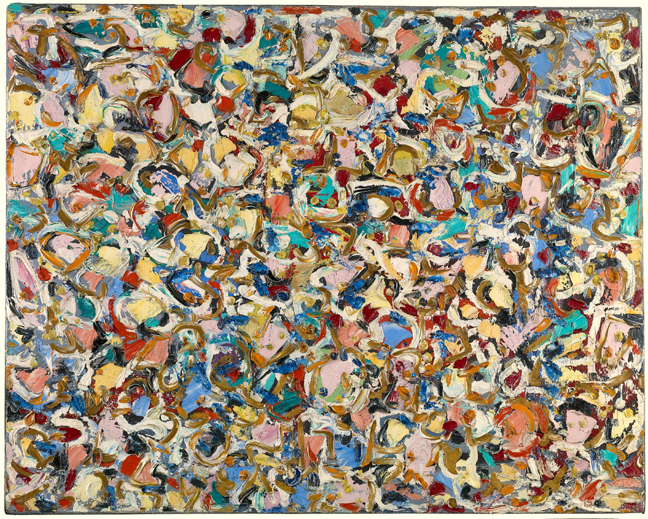 |
Cracow, Vanessa Bell
1913
|
 |
Rhythme, Sonia Delaunay
1938
|
Fashion was an important art and circumstance that aided women in applying techniques of design and craft to a more modern approach. During the last quarter of the 19th century, the dress reform occurred. Reforming fashion, particularly women’s fashion, was the top priority for feminists and progressive thinkers. For instance, Chadwick describes the common standard of dress for women and as, “criminal in their manipulation and obstruction of female movement and breathing,” (p.254). While Chadwick describes women’s dress as physically restraining, she may also be hinting at a deeper connection between the choice of women’s clothing and men by using the word “criminal.” Women were always supposed to follow a guideline and held to a standard of dressing for men, no matter how painful the dress may be. On the other hand, men had an easier time selecting their apparel, and little to no painful standard to reach. Chadwick explains that the attack on apparel was more than simply fighting so women can have an easier time fitting into a dress for men. The dress reform indicated a shift of thinking, mainly that clothing was to create an identity of oneself; It meant that women had an opportunity to become more than only someone’s wife or girlfriend (p.254).
 |
Photograph of the Omega Workshop,
Fitzroy London
2006
|
Another important event that aided women in applying the new modernistic approaches to art was the opening of the exhibition known as the Omega Workshops in Fitzroy Square, London 1913. The Omega Workshops were designed to display art in the form of fabrics, furniture, pottery, and other small items that artist would paint, tile, sew, or lacquer. Chadwick claims the Omega Workshop, “became a meeting place for ‘like-minded’ artists…and [it] sought to challenge the Victorian distinction between high and low art, or between art and craft,” (p. 257). Chadwick’s quote shows that there were places to display art, but many people still judged the art based on the artist or her status. For example, in the Victorian period, art was only a profession that men, and few women, could pursue. Men could train to become artists, while women would be allowed to practice. Those who had higher status, usually men, created art that was considered high art, while women who were not married, or practiced art full-time, created low art. Furthermore, the terms art and craft were not gender neutral in the Victorian period nor the early 20th century. Art was directed toward the creations, usually paintings, by men, and crafts, usually household appliances like quilts, were directed toward women. The Omega Workshop sought to blur or completely erase the lines between high art and low art, and have people focus only on the art itself and not who created it.
Noon, Lee Krasner
1947
|
Shadow Play, Bridget Riley
1990
|
- Aaron Gangadin
Works Cited:
Chadwick, Whitney. Women, Art, and Society. 5th edition, Thames & Hudson, October 12, 2012


No comments:
Post a Comment